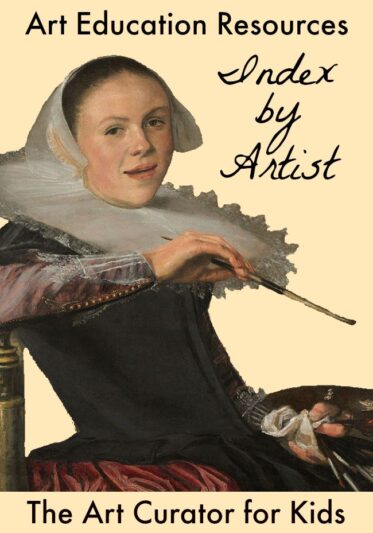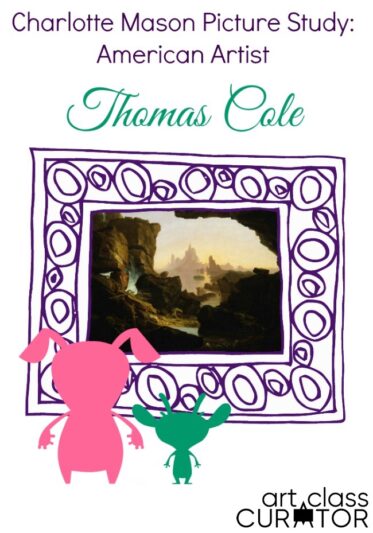In my 2-3 days in Kyoto, Japan, I had half dozen moments where I said “this is the most beautiful thing I have ever seen.” I’m an art teacher. I’ve seen a lot of beautiful things, so that is really saying something! One of my favorite places from my whole trip was this little gem, the Otagi Nenbutsu-ji Temple in the Arashiayama district of Kyoto.
Check out this delightful temple, and use the discussion questions and activities below to explore the temple with your students.

My sister mentioned there was a temple with many moss-covered sculptures of people, and I knew I had to see it! It was a little out of the way, but we ended up taking a gorgeous walk among traditional mossy thatched-roof houses to get there.
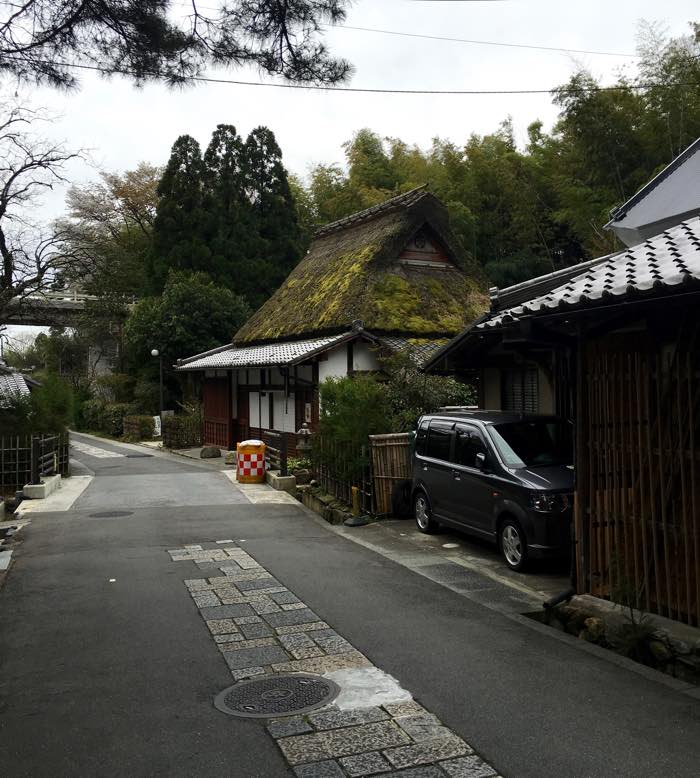
I was not disappointed by the extra travel to get there. Look at this total and utter arty deliciousness.
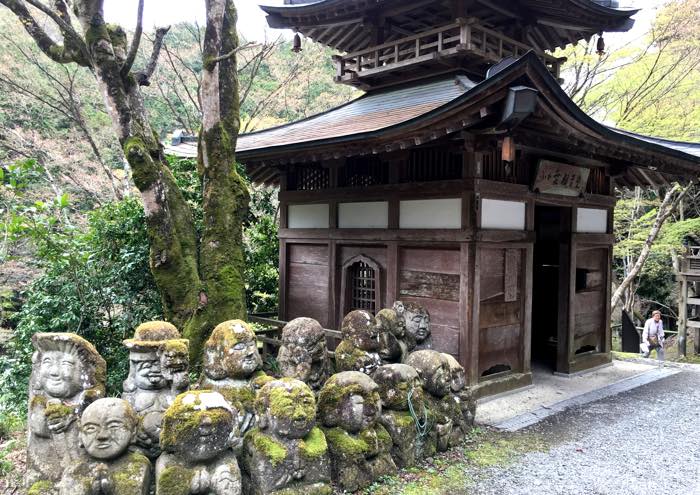 I honestly couldn’t contain my happiness at this moment. The temple grounds include 1,200 of these adorable statues of Rakkan, which are disciples of Buddha.
I honestly couldn’t contain my happiness at this moment. The temple grounds include 1,200 of these adorable statues of Rakkan, which are disciples of Buddha.

Each sculpture has its own personality and character, and each clearly was sculpted by a different person.

The style and emotions capture your heart and make you smile.

When I was visiting all of these sites in Japan, there were not a lot of signs or information in English about each place, and I didn’t have a data plan on my phone, so my information-seeking art history nerd self was stifled by the lack of info. This place did have a small brochure which provided the basic information.

This temple dates back to the 8th century, but has had a series of unfortunate disasters that have caused it to be rebuilt and/or moved several times. The last time it was destroyed was in 1950 by a typhoon. It took 30 years to restore the temple.
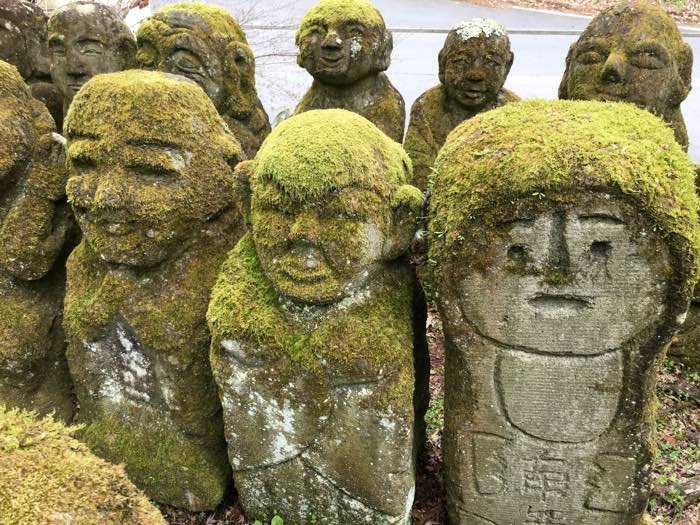
The sculptures were carved by worshippers and supporters of the temple in celebration of it’s restoration.
Art Discussion Questions
Have your students compare three of the sculptures and discuss them together.
- Who do you think these sculpture represent?
- What emotions do you notice?
- What can you tell about the personality of the person?
- Were these made by the same artist or different artists? How can you tell?
Otagi Nenbutsu-ji Buddhist Rakkan Sculpture Lesson Plan
Invite them to make their own sculpture of an expressive figure using the following lesson sequence.
- Ask students to first make a list of the things artists can do to express emotion. Give them different emotions to discuss. Have them mimic the facial expressions they might use as well as the lines and colors that could express those feelings. Try silly, angry, distraught, and thoughtful.
- Look at the Buddhist Rakkan sculptures and discuss using the questions above. After discussing, tell students to story of the Otagi Nenbutsu-ji Temple and how different worshippers, not professional artists, carved and donated the sculptures to the temple.
- Have students write a story about a sculpture of their choosing.
- Have students pick an emotion and make an expressive sculpture. For older students, you could try having them carve using foam or soap, but you’d generally have better results using clay. The emotions would be easier to reproduce, and the children would feel more successful with the project.


